Results 10,321 to 10,330 of 12094
Thread: Anandtech News
-
02-10-20, 02:31 PM #10321
Anandtech: MinibeaMitsumi Launches IP68-Rated USB-C/Thunderbolt 3 Connector
MinibeaMitsumi has unveiled the industry’s first dustproof and waterproof USB Type-C connector that is certified for Thunderbolt 3 speeds. The connector can be used for a variety of applications that require high bandwidth and high reliability in harsh environments.
The MinibeaMitsumi CAM-L41-series connector is is formally IP68-certified, and uses a proprietary waterproof structure that allows it to operate for 30 minutes while submerged in up to 1.5 meters of water. The connector has been certified for Thunderbolt 3 technology and all of its features, including a 40 Gbps data transfer rate, and power delivery. The company expects to eventually gain certification for the USB4 specification too.
There are numerous applications nowadays, including those in harsh environments, that use USB-C connectors. Examples include industrial, rugged PCs, wearables, medical devices, automotive infotainment, various home appliances, and outdoor displays, just to name a few. A number of companies have released IP68 and even IP69K USB-C connectors for such applications, but all of them are only certified for 5 Gbps or 10 Gbps operation. By contrast, the CAM-L41 was certified for 40 Gbps data rate and will appeal to applications that require high bandwidth in severe environments.
The new connectors are now available from MinibeaMitsumi.
Related Reading:
- Kensington’s SD5500T TB3/USB-C Hybrid Docking Station: Titan Ridge Inside
- CRU ioSafe Solo Hawk Rugged SSD Review
- USB4 Specification Announced: Adopting Thunderbolt 3 Protocol for 40 Gbps USB
- Cosemi Launches USB 3.1 Gen 2 Hybrid Active Optical Cable: Up to 50 Meters of USB
- Innodisk Unveils Fire Shield SSD: Withstands 800°C Temperature & Direct Flames
Source: MinibeaMitsumi (via PC Watch)
More...
-
02-11-20, 10:24 AM #10322
Anandtech: Samsung's New The Wall Display: Is 583 Inches Large Enough?
Samsung has expanded its The Wall lineup of Micro LED-based displays with two models featuring 437 and 583-inch diagonals. The monitors are intended for commercial use, though nothing can stop someone with deep pockets from buying such a 'television' for home use.
The new 437 and 583-inch Wall displays from Samsung feature an 8K resolution and are based on new Micro LED modules. Previously, Samsung’s The Wall lineup included 75-inch, 146-inch, 219-inch, and 292-inch models.
Samsung does not disclose exact specifications of its new Wall displays as well as Micro LED-based modules (called cabinets) uses to build them. Previously, Samsung’s Micro LED cabinets featured 250 - 2000 nits brightness (regular/peak), around 10,000:1 contrast ratio, a 16-bit color depth, up to a 100/120 Hz refresh rate, as well as 155°/135° horizontal/vertical viewing angles. Given the overall size of the latest displays, the newest modules probably have a lower pixel density, but for commercial applications like digital signage this may not matter a lot.
The largest versions of Samsung’s Wall displays will be available for pre-order starting this week. Prices are not disclosed, but if you have to ask, you probably can't afford it.
Related Reading:
- Samsung’s Micro LED Wall TVs Now Available: Up to 8K, Up to 292-Inches
- Sony’s Micro LED-Based Ultra-HD TVs Available to Consumers: 2K to 16K Resolutions, up to 790-Inches
- TCL Shows Off 132-Inch Micro LED 4K UHDTV: 24,000,000 Micro LEDs
- Sony Develops 16K Display: A 783-Inch ‘Crystal LED’ Screen
- Samsung at CES 2019: 219-Inch and 75-Inch Micro LED Ultra-HD TVs Demonstrated
Source: Samsung
More...
-
02-11-20, 03:25 PM #10323
Anandtech: Samsung Announces The Galaxy S20, S20+ and S20 Ultra: 120Hz, 5G, Huge Batt
The year is 2020. The 20’s are back (we’ll see if they’ll be roaring or not), and not only is it a new decade, but it’s also time for a new enumeration scheme for Samsung’s newest Galaxy S devices; Today Samsung is announcing the new Galaxy S20, S20+ and S20 Ultra flagship phones. The new phones have some similarities in the external design to last year’s S10 line-up and a clearly a successor – but in terms of specifications and hardware capabilities, it’s one of Samsung’s largest ever updates.
More...
-
02-11-20, 03:25 PM #10324
Anandtech: Samsung's Unpacked 2020 Event: Galaxy S20 And More - Live Blog (11am PT)
Today Samsung is hosting the 2020's first Unpacked launch event in San Francisco. We're expecting the brand new Galaxy S20 series, a new foldable phone, and maybe a few other surprise products. While we won't be at the event this year, we'll be live blogging the event and giving you live commentary on the newest products right as Samsung unveils them.
The launch event is scheduled for 11am PT / 2pm ET / 8pm CET.
Related Reading:- Samsung Announces Galaxy Note10 & Note10+: A Redesign With Feature Disparity
- Samsung Confirms Galaxy S10 5G Specifications: Exynos Modem 5100 For First 5G Devices In Korea
- The Samsung Galaxy S10+ Snapdragon & Exynos Review: Almost Perfect, Yet So Flawed
- Samsung Announces The Galaxy S10: 10th Anniversary Trio
More...
-
02-11-20, 06:35 PM #10325
Anandtech: SK Hynix Licenses DBI Ultra Interconnect for Next-Gen 3DS and HBM DRAM
SK Hynix has inked a new broad patent and technology licensing agreement with Xperi Corp. Among other things, the company licensed the DBI Ultra 2.5D/3D interconnect technology developed by Invensas. The latter was designed to enable building up to 16-Hi chip assemblies, including next-generation memory, and highly-integrated SoCs that feature numerous homogeneous layers.
Invensas’ DBI Ultra is a proprietary die-to-wafer hybrid bonding interconnect technology that supports from 100,000 to 1,000,000 interconnects per mm2, using interconnect pitches as small as 1 µm. According to the company, the much greater number of interconnects can offer dramatically increased bandwidth vs. conventional copper pillar interconnect technology, which only goes as high as 625 interconnects per mm2. The small interconnects also offer a shorter z-height, making it possible to build a stacked chip with 16 layers in the same space as conventional 8-Hi chips, allowing for greater memory densities.
Just like other next-generation interconnect technologies, DBI Ultra supports both 2.5D and 3D integration. Furthermore, it allows integration of semiconductor devices of different sizes and produced using different process technologies. Such flexibility will be particularly useful not only for next-generation high-capacity high-bandwidth memory solutions (including 3DS, HBM, and beyond), but for various highly-integrated CPUs, GPUs, ASICs, FPGAs, and SoCs.
DBI Ultra uses a chemical bond that allows for interconnect layers that add no stand-off height, and require no copper pillars or underfill. While the process flow used for DBI Ultra is different when compared to conventional stacking processes, it continues to involve known good dies and does not require high temperatures, which results in relatively high yields.
All of this does come at a cost, however, and that's something that Invensas keeps to itself. The firm does not disclose how much DBI Ultra costs to use, or how that compares to the technologies used today.
SK Hynix does not disclose how it plans to use the DBI Ultra technology, though it is reasonable to expect the DRAM producer to use the new capability for next-generation memory products.
Craig Mitchell, president of Invensas, said the following:
“As the industry increasingly looks beyond conventional node scaling and turns toward hybrid bonding, Invensas stands as a pioneering leader that continues to deliver improved performance, power, and functionality, while also reducing the cost of semiconductors. We are proud to partner with SK hynix to further develop and commercialize our DBI Ultra technology and look forward to a wide range of memory solutions that leverage the benefits of this revolutionary technology platform.”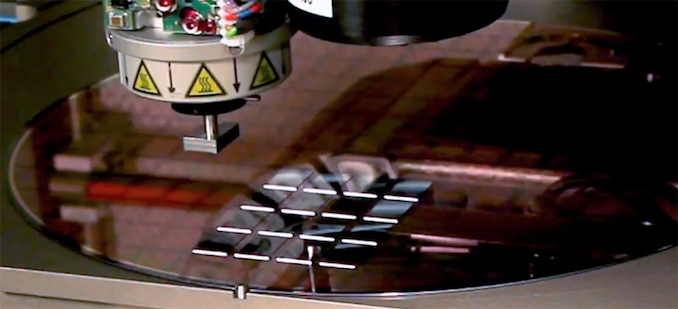
Related Reading:
- SK Hynix Announces 3.6 Gbps HBM2E Memory For 2020: 1.8 TB/sec For Next-Gen Accelerators
- JEDEC Updates HBM2 Memory Standard To 3.2 Gbps; Samsung's Flashbolt Memory Nears Production
- Samsung Develops 12-Layer 3D TSV DRAM: Up to 24 GB HBM2
- Samsung HBM2E ‘Flashbolt’ Memory for GPUs: 16 GB Per Stack, 3.2 Gbps
- SK Hynix: Customers Willing to Pay 2.5 Times More for HBM2 Memory
Source: Xperi
More...
-
02-11-20, 06:35 PM #10326
Anandtech: Samsung Announces The Galaxy Z Flip: Foldable Phone With Glass
Today Samsung announced the new Galaxy S20, S20+ and S20 Ultra, but the regular flagship phones weren’t the only devices announce today as we’ve also seen the unveiling of the new Galaxy Z Flip. The new Z Flip is Samsung’s second foldable phone to market after Galaxy Fold, but takes a new approach in terms of design as it comes in a new clamshell design with only a single primary screen.
The Galaxy Z Flip features a Snapdragon 855+ processor, and in general, the internals of the phone seemingly are more akin to a flagship 2019 phone rather than being in line with the more impressive S20 series processors. It comes with 8GB of RAM and 256GB of storage which is relatively respectable.Samsung Galaxy Z Flip Galaxy Z Flip SoC Qualcomm Snapdragon 855+
1x Kryo 485 (CA76) @ 2.95GHz
3x Kryo 485 (CA76) @ 2.42GHz
4x Kryo 485 (CA55) @ 1.80GHz
Adreno 640Display Main Display:
6.7" 2636 x 1080 Foldable Glass (!!) Dynamic AMOLED (21.9:9)
Cover display:
1.1" 300 x 113 Super AMOLEDDimensions Folded:
73.6 x 87.4 x 17.3mm (Hinge) - 15.4mm (Sagging)
Unfolded:
73.6 x 167.3 x 7.2mm - 6.9mm (Screen)
183gRAM 8GB LPDDR4X NAND 256GB Battery 3300mAH (12.70Wh) Front Camera 10MP 1.22µm f/2.4 80° FoV Primary Rear Camera 78° Regular Angle
12MP 1.4µm Dual Pixel PDAF
f/1.8
OIS, auto HDR, LED flashSecondary Rear Camera 123° Wide Angle
12MP 1.12µm f/2.2Tertiary Rear Camera 45° / Telephoto lens 2x zoom
12MP 1.0µm f/2.4,
OISSIM Size NanoSIM + eSIM Wireless 802.11a/b/g/n/ac 2x2 MU-MIMO, BT 5.0 LE,
NFC, GPS/Glonass/Galileo/BDSConnectivity USB Type-C Features (It Folds Glass) Launch OS Android 10 Launch Price $1380 / 1480€
What makes the Z Flip extremely impressive though is its display. It’s not the first flexible display out there, and it’s relatively average with a 2636 x 1080 resolution. What makes it special, is that this is the very first display on the market that has an ultra-thin glass cover on it – yes, it’s a foldable glass screen. The implications here are huge when compared to a plastic foldable screen, and the glass should be significantly more scratch resistant than plastic alternatives, making this a much more viable option when it comes to long-term durability of the phone.
Samsung’s hinge mechanism was designed in such as way that it minimises dust ingress into the gears of the system. What’s also special is that the phone clicks in at different angles such as 120°, instead of being freely flexible at any angle.
The formfactor is interesting and falls in at 73.6mm width. Folded, it’s at 87.4mm length and 17.3mm thick at the hinge and 15.4mm at the sagging end. Unfolded, it grows to 167.3mm length and is only 6.9mm thin. In terms of weight, Samsung was able to keep it relatively in check at 183g, however the battery is a bit less impressive at only 3300mAh.
The front camera is achieved through a punch hole in the screen and features a standard 10MP sensor and f/2.4 aperture lens at 80° field of view. The rear cameras feature a 12MP wide and ultra-wide angle module that look similar in specs to what we’ve seen in the S10 and Note10 series.
What’s interesting is, when the phone is folded, you still have a secondary small information screen next to the cameras, but this is meant to only be able to show limited information or to be used as a tiny viewfinder for selfies using the rear cameras, and does not serve as a full blown useable screen such as the cover display on the Galaxy Fold.
The Galaxy Z Flip will be available February 14th starting at $1380 and 1480€. Considering the novel form-factor, it’s a quite attractive price and seemingly competes very hard against the Motorola Razr in the foldable flip-phone market, even undercutting it in price while sporting much better hardware.
More...
-
02-12-20, 07:44 AM #10327
Anandtech: AT 101: Wi-Fi 6 And Why You Want It
Over the last generation of computing, there has been an explosion of devices that no longer have or need the capability of connecting to a hard-wired Ethernet connection, and that trend shows no intention of slowing down. When Personal Computers first started to utilize wireless Network Interface Cards (NICs) they would almost always be the sole device on the network. Fast forward to today, and practically every home has multiple devices, if not dozens, where the devices communicate using radio waves, either over a cellular connection, or over a home wireless network featuring Wi-Fi.
More...
-
02-12-20, 11:23 AM #10328
Anandtech: Mobile M.2 with Full Speed: The ICY DOCK ToughArmor MB720M2K-B
High-performance SSDs are often difficult to transfer them from a system to a system, which is sometimes needed. Removable U.2 drives are easier to use, but they are more expensive and not everyone needs their features. ICY DOCK has introduced its new enclosure that accommodates up to four M.2 SSDs and fits into a conventional 5.25-inch bay, allowing users to quickly remove a drive, and safely transport it.
The ICY DOCK ToughArmor MB720M2K-B mobile rack is made of metal, so it is ruggedized, and features a lock to prevent its unauthorized removal. The device has four MiniSAS HD (SFF-8643) connectors on special backplanes and two SATA power connectors with support for locking latches.
To ensure consistent performance of SSDs inside the mobile rack, it has controllable two fans, thermal pads for the M.2 drives, and an integrated aluminum heatsink cover. Furthermore, it has EMI grounding technology and antivibration protection.
The ToughArmor MB720M2K-B is currently listed at ICY DOCK’s website, so expect it to hit the market shortly. Pricing of the device is unclear.
Related Reading- ASUS Going Fast: Quad PCIe 4.0 x4 SSD Storage Add-in Card Hyper M.2
- CES 2020: ADATA Preparing Three PCIe 4.0 Consumer SSDs
- CES 2020: Samsung 980 PRO PCIe 4.0 SSD Makes An Appearance
- OWC Releases Accelsior 4M2 SSD: Quad-M.2 For Over 6000 MB/s
Source: ICY DOCK (via TechPowerUp)
More...
-
02-12-20, 11:23 AM #10329
Anandtech: G.Skill Launches 256 GB DDR4-3600 CL16 Memory Kit
The arrival of 32 GB unbuffered DIMMs has not only allowed mainstream systems to reach 128 GB of memory, but it's also allowed high-end desktops based on AMD Ryzen Threadripper or Intel Core i9 XE to reach an even larger 256 GB. Unfortunately, high-end, high-capacity kits are not common, with most high-capacity kits sticking to strictly JEDEC specs. G.Skill this week changed that with introduction of a new 256 GB kit, which offers DDR4-3600 speeds at a CL16 latency, and has been designed for AMD’s latest Threadripper platform.
G.Skill’s 256 GB Trident Z Neo kit consists of eight 32 GB modules rated for DDR4-3600 with CL16 20-20 timings, and running at 1.35 V. The modules use 16 Gb DDR4 chips (presumably from Samsung), feature XMP 2.0 SPD profiles for easier set up, and come with aluminum heat spreaders with an RGB LED bar.
The manufacturer has validated its 256 GB kit with the AMD Ryzen Threadripper 3990X processor and the ASUS ROG Zenith II Extreme Alpha motherboard, though it is likely that the kit will work with other AMD Ryzen Threadripper CPUs and platforms. Evidently, to ensure stable operation of 256 GB of memory at DDR4-3600, a motherboard with fine DRAM voltage circuitry is required. It should also be kept in mind that 256 GB of memory will consume a sizeable amount of power.
G.Skill will start sales of its new 256 GB kit sometime in the second quarter.
Related Reading:
- Royal Memory: G.Skill’s 32 GB DDR4-4000 CL15 Kit for AMD & Intel
- G.Skill Launches 32 GB DDR4 Modules, 256 GB Kits: Up to DDR4-4000
- G.Skill Reveals Trident Z Neo DDR4-3800 CL14 Kit for AMD Ryzen 3000
- G.Skill Unveils 64 GB DDR4-4266 and 128 GB DDR4-4000 Kits for HEDTs
Source: G.Skill
More...
-
02-12-20, 03:33 PM #10330
Anandtech: Sonnet Introduces CFexpress and XQD Pro Card Reader with Thunderbolt 3
The market of professional memory cards has shrunk in the recent years as many cameras shifted to more compact SD cards, but there are still a good number of high-end cameras that use CFexpress or XQD media. This week Sonnet unveiled the industry’s first card reader with a Thunderbolt 3 interface that supports CFexpress and XQD.
The Sonnet SF3-series CFexpress/XQD Pro Card Reader (SF3-2CFEX) comes in a rugged aluminum enclosure, it supports CFexpress 2.0 Type B and XQD cards, and can read files concurrently from two CFexpress cards at up to 2,600 MB/s or two XQD cards at up to 800 MB/s. The reader has two Thunderbolt 3 ports to enable daisy chaining with other Thunderbolt 3 devices or connect a display.
The Sonnet SF3-2CFEX card reader measures 147 mm × 88.3 mm × 35.6 mm and is compatible with Apple macOS as well as Microsoft Windows PCs.
The Sonnet SF3 CFexpress/XQD Pro card reader is now available directly from the company for $199.99. At present the SF3-2CFEX media reader is the only one to support both CFexpress and XQD (at least according to Sonnet).
Sonnet’s SF3-series of professional card readers includes readers for CFast 2.0, XQD, SxS, and RED Mini-Mag cards. All of them feature a similar rugged yet compact design and are meant to be stacked and daisy chained.
Related Reading:
- LaCie Announces 2big Dock: 2-Bay TB3 DAS with Card Reader, USB-A and DisplayPort
- Kensington’s SD5500T TB3/USB-C Hybrid Docking Station: Titan Ridge Inside
- OWC’s Intros Thunderbolt 3 Pro Dock with 10 GbE, USB 3.0, eSATA, Card Readers & More
- StarTech Launches Thunderbolt 3 USB Hub with 3 USB 3.1 Controllers & Power Delivery
- Promise Launches TD-300 9-in-1 Thunderbolt 3 Dock: GbE, HDMI, USB 3.0, TB3 Charging & More
- OWC Launches 13-Port Thunderbolt 3 Dock: GbE, USB-A, SD Card, mDP, FireWire & More
Source: Sonnet (via Hermitage Akihabara)
More...
Thread Information
Users Browsing this Thread
There are currently 13 users browsing this thread. (0 members and 13 guests)




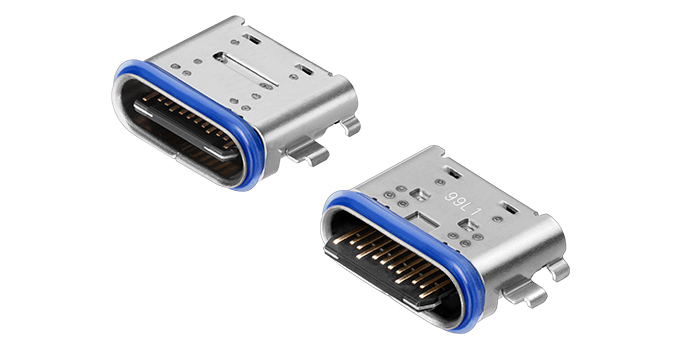
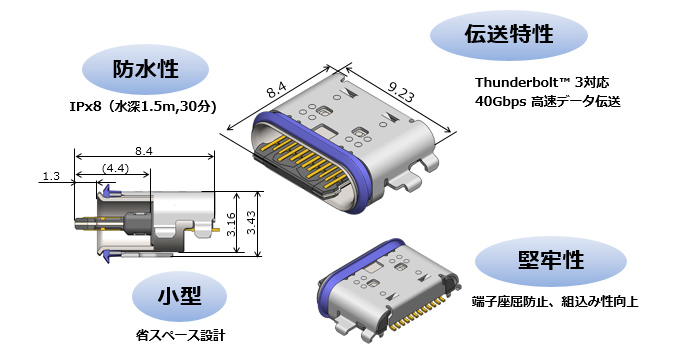

 Quote
Quote
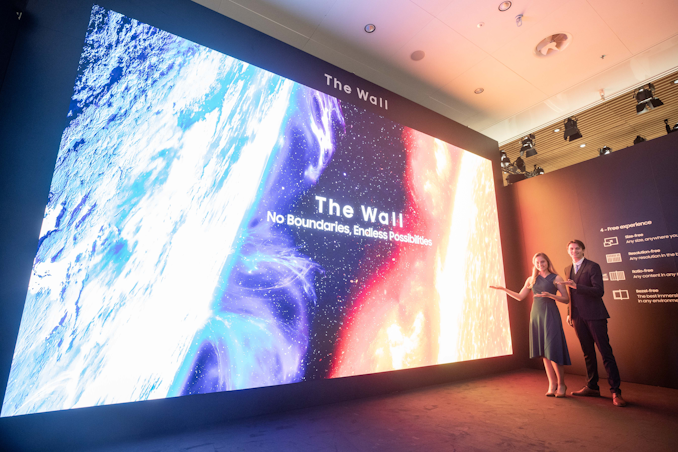

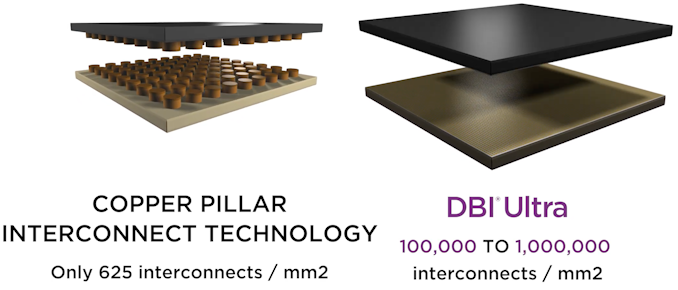
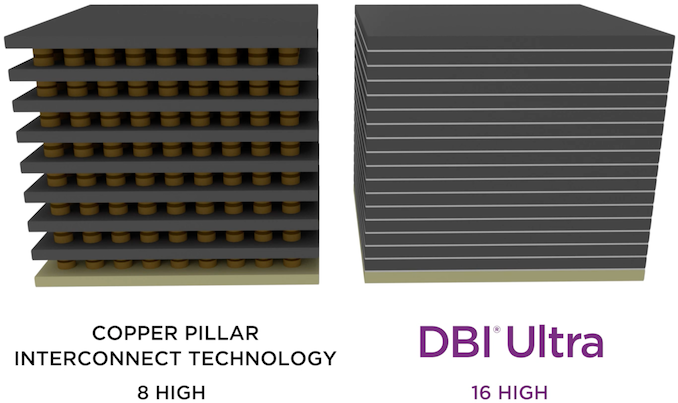
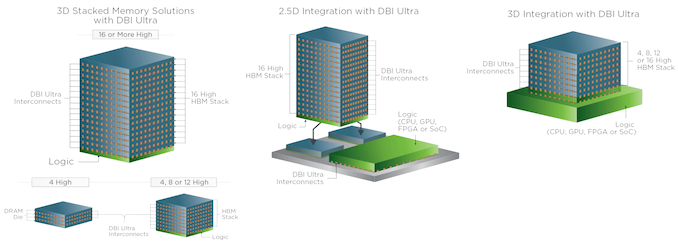



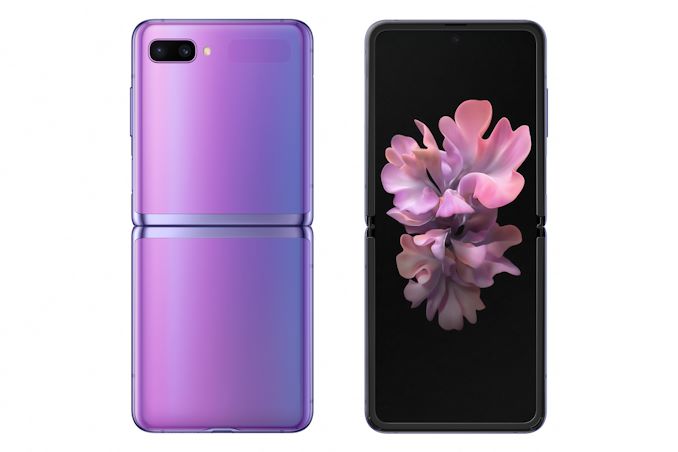

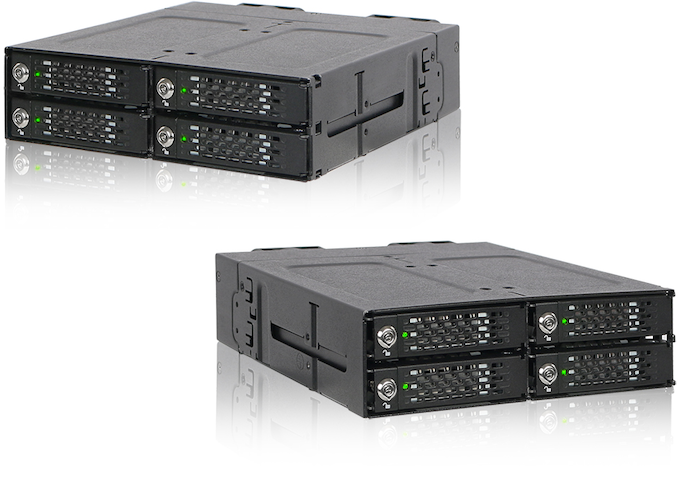

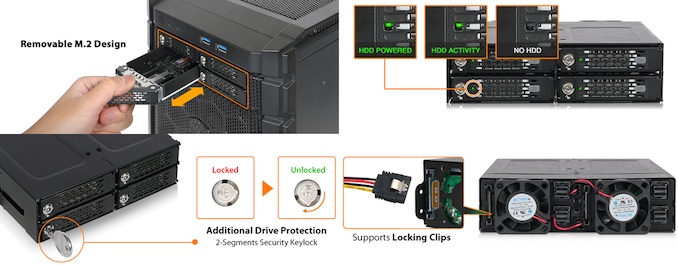

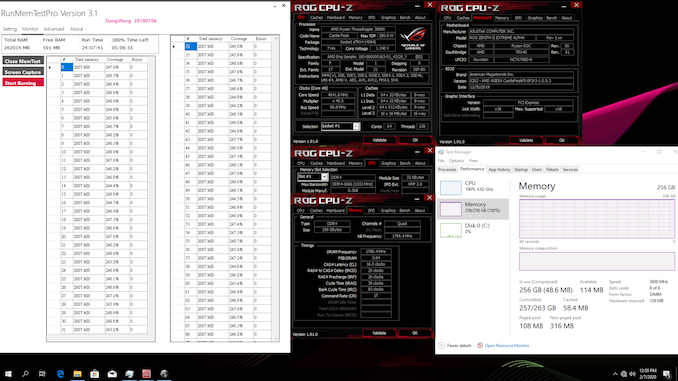
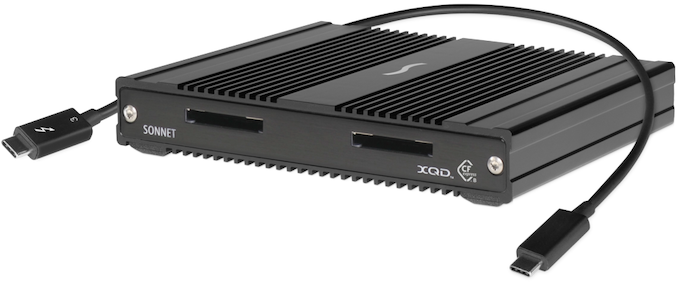
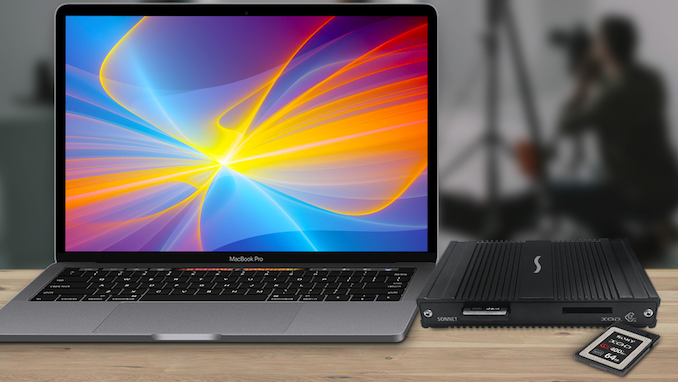
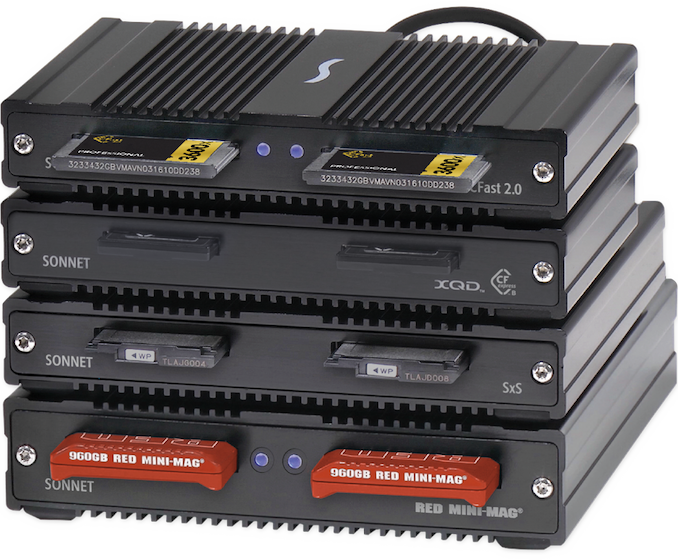
















Bookmarks